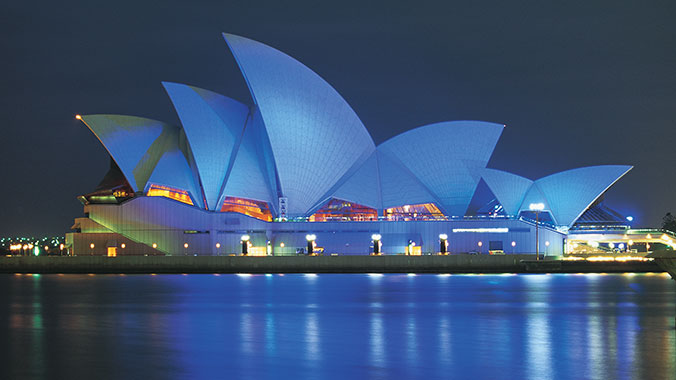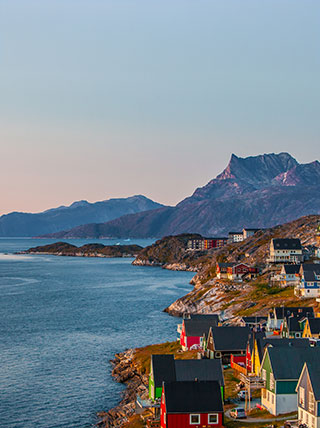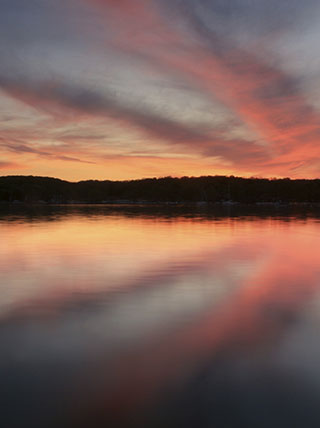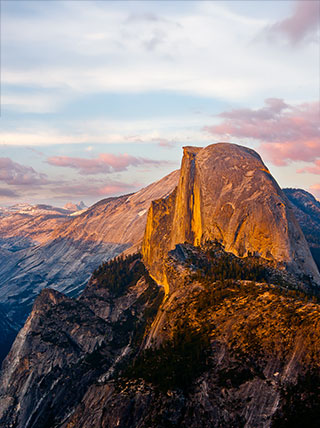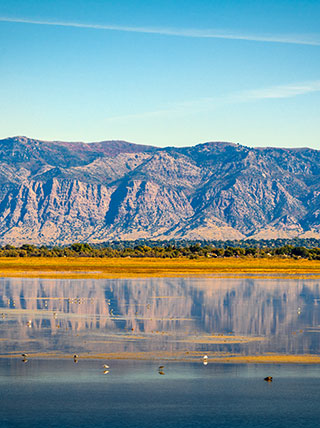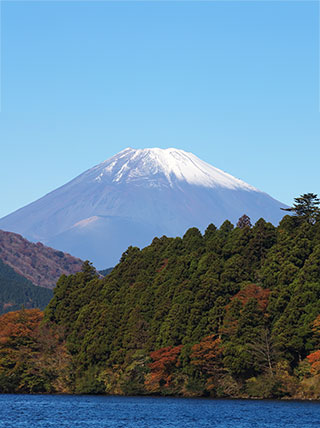Create An Account
Creating an account allows you to enroll in a program, reference your upcoming itinerary, and more.
Create an AccountAn Odyssey Down Under: Australia and New Zealand
Enroll with Confidence
We want your Road Scholar learning adventure to be something to look forward to—not worry about. Learn more
Protecting the Environment
We offset a portion of the emissions created by your travel. Learn more
Recommended For You
After you enroll, we’ll ask you to provide or update your personal information and preferences, which includes your health information, lodging and meal preferences for your program.
Visitors to New Zealand require a passport and a New Zealand electronic travel authority (NZeTA). Visitors to Australia require a passport and an Australian electronic travel authority.
A passport is required for this program. It must be valid for at least 6 months after your return date.
This information about travel documents pertains to participants holding U.S. passports. Non-U.S. citizens should refer to their country's requirements to ensure they have the necessary documentation for travel.
New Zealand
Your passport must have 1 blank passport page(s) for entry/exit visas in this country.
A travel visa is required and it must be obtained in advance.
The cost of this visa is not included in the cost of your trip.
Your visa can be secured electronically. You may use the services of our designated visa service, Passport Visa Express, please see details on the process and the price at Passport Visa Express. If you prefer you may secure your electronic visa on your own, see the notes below for details.
Please note: Participants visiting New Zealand require a New Zealand Electronic Travel Authority (NZeTA) that they must purchase prior to travel at nzeta.immigration.govt.nz/. Links to the NZeTA mobile apps are also at this website. The cost for the NZeTA and the included International Visitor Conservation & Tourism Levy (which accounts for NZ$100 of the total) is NZ$117 via the app or NZ$123 online. Participants then receive their visa when they arrive at their entry point in New Zealand.
Australia
Your passport must have 1 blank passport page(s) for entry/exit visas in this country.
A travel visa is required and it must be obtained in advance.
The cost of this visa is not included in the cost of your trip.
Please note: Participants visiting Australia require an electronic travel authority that they must purchase themselves through the Australian ETA app prior to travel. Step-by-step instructions are at https://immi.homeaffairs.gov.au/visas/getting-a-visa/visa-listing/electronic-travel-authority-601#HowTo. There is a $20 service fee for the ETA application.
New Zealand is a clean, disease-free country and there are no additional vaccination requirements for entry into New Zealand. Vaccination requirements for New Zealand or Australia may change without notice. It is recommended that you check with your local medical practitioner. There are no snakes or dangerous wild animals in New Zealand. Sandflies are prevalent in some areas, but these can be effectively countered with insect repellent. The only native poisonous creature is the very rare katipo spider. Australia is also a remarkably healthy country to travel in, considering that such a large proportion of it lies in the tropics. Vaccinations are not required for entry unless you have visited an infected country in the past 14 days. Australia reserves the right to isolate any person who arrives without the required certificates. A yellow fever certificate is required from travelers over 1 year of age arriving within 6 days of a visit to any region in any country that has had an instance of yellow fever in the previous 10 years.
If Road Scholar is arranging your air travel to and from the program, and you travel on the scheduled start and end dates, you’ll receive free round-trip transfers from the airport to the hotel.
Arrival day is on November 1, 2025
Meet the group at Movenpick Hotel Auckland in Auckland
Start of Trip: 2:00 p.m. hotel check-in; 6:30 p.m. welcome dinner.
Getting to the site: For participants making their own way from Auckland airport to our Auckland hotel, a regular SkyDrive Airport Express bus service (www.skydrive.co.nz) runs from the airport to Sky City in Auckland's Central Business District. From Sky City, it is a short taxi ride or 20-minute downhill walk to the Movenpick Auckland. The SkyDrive bus from the airport to Sky City currently costs NZ$18. Payment (card-only) can be made to the driver on board. Alternatively, take the AirportLink bus from bus stop A of the international terminal to Puhinui Station. At Puhinui Station take the Eastern Line train to Britomart Station. Our hotel is a two-minute walk from the station. The bus/train fare is approximately NZ$6. You will need to purchase an AT HOP card to ride the AirportLink bus. These cards cost NZ$10 but can be used on all Auckland Transport's public bus, train and ferry services during your stay in Auckland. AT HOP cards can be purchased from the Take Home Convenience Store in the international terminal. A taxi to our hotel direct from the airport will cost from NZ$65 - NZ$95 depending on traffic conditions. Shuttle services are also available and will be cheaper than taxis, but you may find yourself visiting more of Auckland than you intended as you drop other passengers off at their destinations en route to the hotel. The cost varies according to the number of people travelling. Ola, Zoomy and Uber ride-share services also operate in Auckland.
Your trip ends on: Saturday, November 29, 2025 in Sydney at Rydges Sydney Airport Hotel
End of Trip: 10:00 a.m. hotel check-out. The program concludes with breakfast. The international terminal of Sydney airport is a two-minute walk from our hotel.
Getting to the airport: For participants making their own way to Sydney airport at the conclusion of the program, it is a two-minute walk from the hotel across to the international terminal to check-in for their onward flights. Any participants departing from the domestic terminals of Sydney airport need to be aware that the domestic terminals are located on the other side of the main runway from our hotel and the international terminal. The Rydges Sydney Airport provides a shuttle service to the domestic terminals.
Information if you are purchasing your own airfare: Participants who have not purchased airfare through Road Scholar are responsible for making their own transfer arrangements to the first site at the beginning of the program, as well as from the last site at the end of the program. The Information Packet Road Scholar sends in advance of the program includes details needed to make your transfer arrangements. If you wish to purchase airfare through Road Scholar, please call (800) 241-1404. Please note: In the unlikely event Road Scholar must make changes to the program's arrival or departure details, we will notify all participants as soon as possible. Participants who have purchased Road Scholar airfare are protected against airline change fees; however, anyone who has not purchased Road Scholar airfare will be required to make their own adjustments and may incur fees imposed by the airline.

